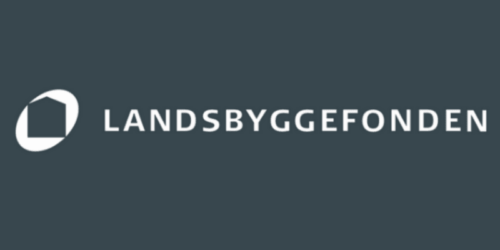Morgan Stanley opregner dystre perspektiver for de europæiske banker. De kan forebygge noget af konkurrencen fra fin-tech ved at bruge et Open Banking data-projekt, men den største trussel er, at de ikke hurtigt nok bliver virkeligt digitale og f.eks. omstiller sig til platforme. En bankanalytiker vurderer, at måske kun en håndfuld banker er klar til fremtidens konkurrence, hvor f.eks. internetselskaber og nye betalingsselskaber gnaver sig ind på bankområdet. Banker må være villige til at gå uden for finanssektoren med apps, der tilbyder f.eks. rejseservice, som f.eks. russiske banker gør det.
Is the Clock Ticking for European Banks?
Open Banking, which gives third-party providers secure access to customer data, hasn’t been as disruptive as feared, but it’s still a force to be reckoned with for European Banks.
Remember Open Banking? At the height of the hype a few years ago, this practice of enabling third-party financial service providers to securely access banking customer transactions was expected to democratize data and allow banks to get closer to their customers by sharing insights about spending habits and financial health.
Now, roughly six years after the EU’s Revised Payment Services Directive laid the groundwork for Open Banking, use cases are still somewhat limited. Meanwhile, new regulatory technical standards—and the COVID-19 pandemic—have drawn investor focus elsewhere.
And yet, the implications of Open Banking haven’t changed, and if anything, the topic has taken on greater urgency as fintechs continue to gain traction in the marketplace.
“Open Banking has been less disruptive to banks than feared, so far,” says Magdalena Stoklosa, Head of European Banks and Diversified Financials Research. “But the clock is ticking for banks, with new entrants able to provide banking services up to 50% cheaper, in part thanks to legacy-free IT.”
To be sure, Open Banking could represent a daunting paradigm shift for some banks, but it could push them to update their technology, simplify their infrastructure and revamp their business models while they still have the advantage of size and scale.
A Catalyst to Upgrade and Simplify
In fact, Open Banking’s biggest impact so far has been to get traditional banks to invest more in updating and simplifying their infrastructure to share data via APIs and comply with new regulations.
This represents a silver lining of sorts. “The simplification of the back end is the biggest opportunity for banks, when it comes to cost savings, although we acknowledge that this is the most difficult part to understand for an investor, due to the lack of disclosure,” says equity analyst Giulia Aurora Miotto.
“Looking forward, we see costs on average decreasing by 5% between 2019 and 2022 for European banks, as efficiency initiatives and lessons for digital engagement emerge from 2020,” she adds.
Banking as a Service or a Platform
Technology upgrades that translate into cost savings can help banks compete against lower-cost fintechs in the near term. Looking further down the road, however, banks will need to do more to stay competitive. “Only a handful of banks are truly ready, in our view, to be the bank of the future,” says Miotto.
So what is the bank of the future? The most forward-looking banks are shifting their business models in one of two ways.
Banking as a Service embeds services into other brands’ offerings, and could expand revenue streams, but also carries risks. “In an extreme scenario, banks could end up being disintermediated, while other brands or tech companies hold the customer relationship and offer banking products, without the customer ever leaving their platform,” says Miotto.
Banking as a Platform lets banks build on their customer relationships to offer their own marketplaces alongside personal finance tools that look at spending trends to help clients save money. In Russia, for example, banks have been developing “superapps” through which customers can access bank accounts for e-commerce, food delivery, ride-hailing and trip-planning, among other activities. One bank has set a goal of taking nonfinancial business from less than 1% of operating income (pre provisions) to roughly 30% by 2030.
For more Morgan Stanley Research on Open Banking, ask your Morgan Stanley representative or Financial Advisor for the full report, “Beyond Open Banking” (Jan 26, 2021). Plus, more Ideas from Morgan Stanley’s thought leaders.










